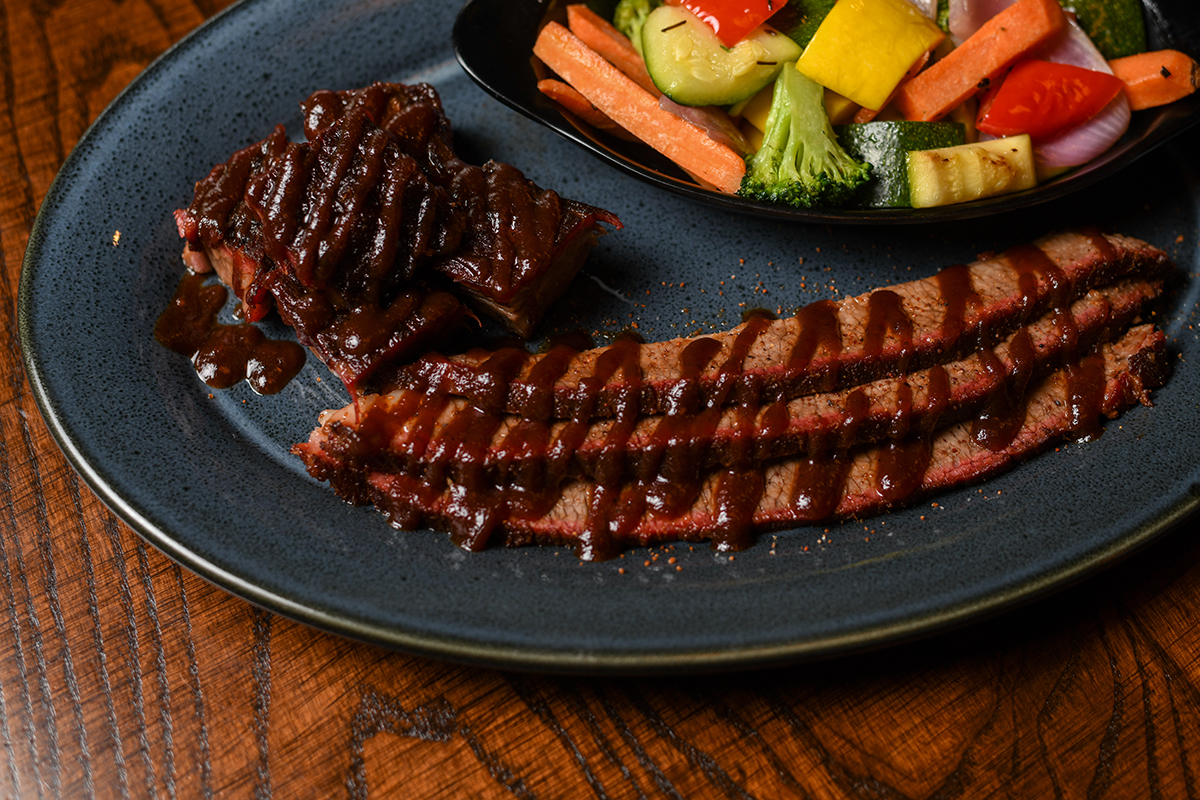If you look out the window while driving through the rolling expanses of the Flint Hills, you’ll see some of the best views Kansas has to offer—rolling hills full of native grasses and wildflowers that give the area its unique beauty.
However, that beauty could soon be lost because of a subtle, unexpected and serious threat: Old World bluestem, an invasive species of grass that forms monocultures by overtaking the native species in a prairie.
Yellow and Caucasian bluestems—the types of Old World bluestem now growing in Kansas—have been found in every county in the state, says Scott Marsh, the state’s invasive weeds specialist. Yellow and Caucasian bluestems look very similar to native bluestem grasses, making identification nearly impossible until the reddish-purple or white flowers of the invasive grasses emerge. “It’s quite an extensive problem,” Marsh says. “They’re both highly invasive species. They tend to take over large areas of prairie.”
That takeover isn’t just about grass. The invasive grasses also support fewer insects, which leads to fewer songbirds and pollinators, such as bees and butterflies, that play a vital role in crop production.
In addition to wreaking havoc on other crops, the grasses face little danger from animals such as cattle, who prefer to eat the native grasses, clearing up more space for the bluestems to grow. If allowed to continue spreading, the invasive grass could be disastrous for the bio-diversity of Kansas prairies and the livelihood of Kansas ranchers.
“They are pretty much left to further expand and take over areas of forage that are palatable and reduce the value of pastures and prairies throughout the state,” Marsh says.
Kansas was already home to various bluestem grasses long before the new bluestems—which are native to Eurasia, Africa and Australia—were introduced to the Plains. Old World bluestems were introduced to the United States in the early 1900s with the intention of helping control erosion on roadsides. Today, the grass is spreading over much of the Central and Southern Great Plains and into the Southwest, especially in areas where livestock are being raised, turning the native grasslands into large yellow patches of monocultures. “It spreads by seed mostly,” Marsh says. “In areas where the grass is mowed and baled for hay and then sold to other areas, seed can be transported with the plant.”
Part of the reason the invasive grass was brought to the United States is also what makes it extremely hard to eradicate. The bluestems grow very well and quickly, and they can mostly withstand drought, cold, fire and substantial grazing. The Old World grasses can also chemically alter the soil they grow in, making it uninhabitable for native species.
“The control options are fairly limited at this time,” Marsh says. Mowing and burning alone are not enough to keep the bluestems at bay, so the Department of Agriculture recommends those methods in conjunction with glyphosate and imazapyr herbicides, which may impact all species in an area, including non-target native species.
“We have a lot of work to do to try and control this species and hopefully eradicate them going forward,” Marsh says. “Anyone not staying on top of the issue will just cause the problem to continue. All landowners need to be very aware of what is growing on their land and take what action is necessary to keep these under control.”






